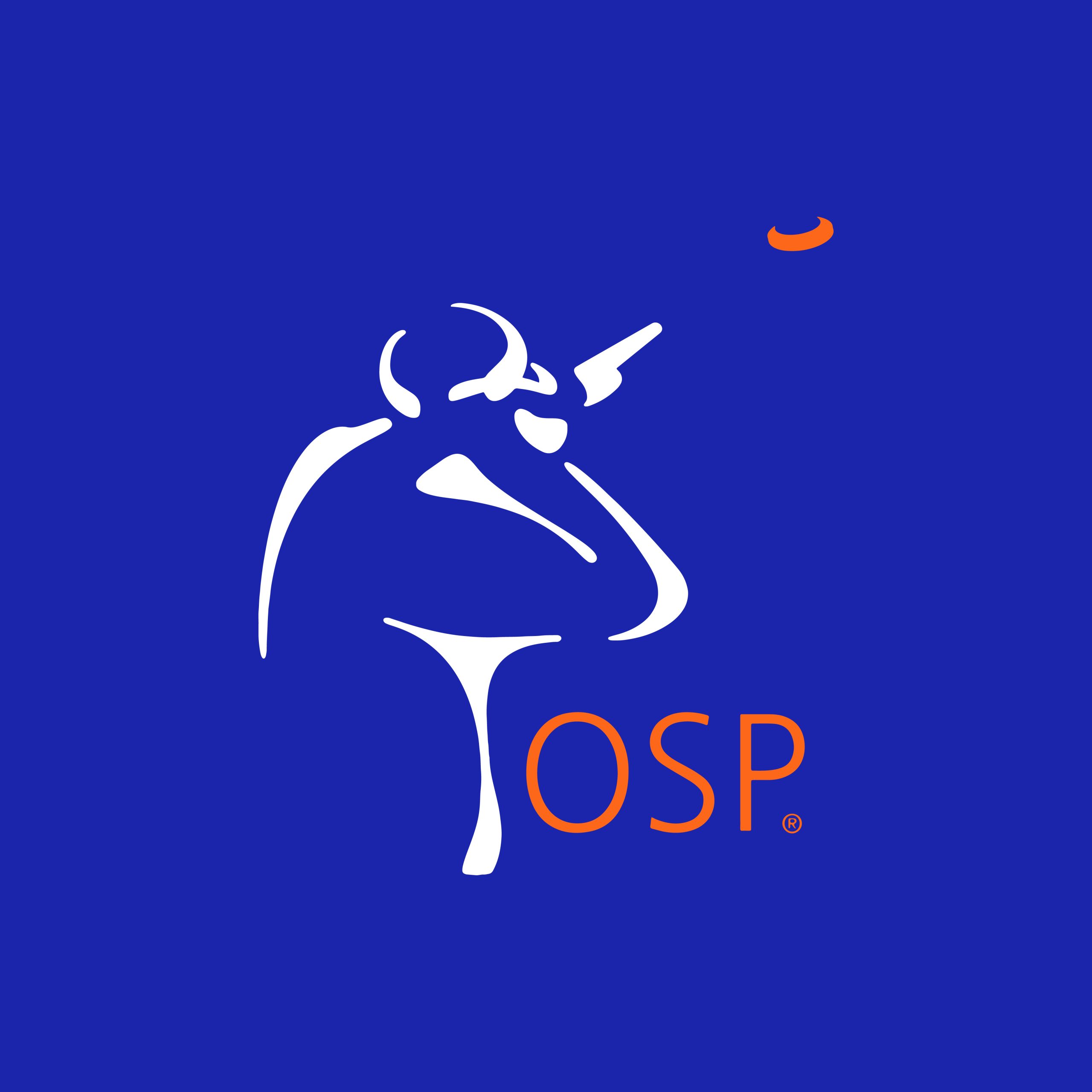Practicing Before Nationals
So, let’s talk a little bit about how we practiced the three times we had time to practice leading up to going to the actual tournament. In our research, we have determined that when we shoot different shots (especially in sporting) many shooters think that they...
How We Practiced Before Nationals
In our three practice sessions before the National Championship, we shot no more than three or four boxes, and shot only singles. But we each announced what approach we were going to shoot and where we were going to break the target. This forced our...
Evaluation and Living in the Past
Back in the mid-80s, I finished a really good round of sporting at Greater Houston Gun Club. Andy Banks watched intently as I ran the last station and asked what my score was. I didn’t know. So, Andy asked to see my score card. “Andy,” I...
Speeding Everything Up and Cortisol
Most shooters’ reaction to adversity is to allow themselves to speed up in everything they do - especially in how fast they talk. This leads to a timing problem, which leads to hope. Then this leads to evaluation, which deeply drinks the hormonal cocktail of choice...
How Shooters React to Missing a Target or Two
As coaches to many shooters worldwide, both in person and through our Knowledge Vault, we’re often asked about helping them overcome a missed target or a loss by only one or two targets. The typical reaction to a less-than-satisfactory station for the majority of shooters is...
A Change in Our Approach to Shotgunning
Six to eight years ago, we dramatically changed our approach to coaching clay and wing shooting after reading Anders Ericsson’s book “Peak,” where he talks about why and in what detail the brain must have a mental representation of what you ask it to do...
The Process of “Neurological Suspension”
When the approach is to not see the barrel, shooters are calling on their limited capacity working memory system to do too many things. This is why they are so inconsistent and on different birds on different days. Adding to this outcome, even if they’re successful,...
Where Do “Positive Sound-Alikes” Come From?
Committing to the shot you are about to take is the most important thing at the moment you enter the cage. A vivid movie of where and how you want the shot to come together is necessary for the brain to recall from long-term memory...
Shooting Without Thinking
The core purpose of our visual processing system is the prediction of what’s coming next. Vision, along with data, form our other senses that provide sequenced information to the central nervous system. This allows for a prediction of what’s coming next. Eventually you must begin to...
Visual Anomalies and Shooting Plateaus
We each do 8-10 scheduled consults each week, and without exception, 95 percent of the shooters tell us they have plateaued and don’t know how to get better. Our first question to them is “Do you feel hurried when you’re shooting? Or do you feel like...




